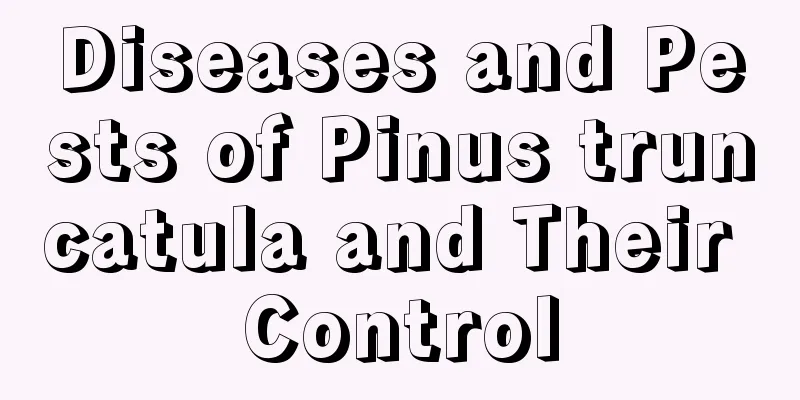Diseases and Pests of Pinus truncatula and Their Control

What are the diseases and pests of Pinus truncatulaPestsThe main insect pests of Pleurotus eryngii are red spider mites, whiteflies and scale insects. When cultivating Polygonum aviculare, the most common insect pests are red spider mites, whiteflies, scale insects and other pests. They mostly occur in hot and dry climatic conditions, and the damage to Polygonum aviculare is relatively serious. Therefore, it should be prevented and treated in time. DiseasesIn addition to insect pests that are often encountered when cultivating spathiphyllum, diseases also occur from time to time. There are relatively few diseases in Pinus tabebuia, the main one being leaf blight. There is no particularly fixed season for the onset of leaf blight, and leaf blight also causes serious damage to Pinus schrenkiana, so we must pay more attention and take precautions in all seasons. Pest and disease control methods for Pinus truncatulaPest ControlWhen the pine tree encounters hot and dry seasons during its growth process, the main insect pests are red spider mites and scale insects, and they must be sprayed with pesticides for prevention and control. For whiteflies and scale insects, omethoate emulsifiable concentrate can be used in corresponding proportions to eliminate pests. Pests must be prevented. Before they occur, you need to spray pesticides regularly to prevent and control them. If you wait until they occur before treating them, it will be more difficult to treat. To avoid unnecessary losses, prevent pests in advance. Disease preventionFor leaf blight, use carbendazim wettable powder in the same proportion for treatment. Although there are not many diseases and pests for the cycad, preventive measures should still be taken. The soil chosen for planting philadelphus is made of a mixture of leaf mold and river sand. During normal cultivation, attention should be paid to timely fertilization and watering to ensure effective absorption of nutrients by the roots and thus transport them to the leaves, making the leaves grow strong and reducing the chance of disease. |
<<: Diseases and Pests of Primrose and Their Control
>>: What are the common diseases and pests of elderberry?
Recommend
How does Moon Feast pollinate?
Pollination timing The flowers of the Moon Banque...
How to mix soil for Lithops and what is the best soil
Lithops suitable soil requirements Lithops likes ...
Where is the best place to grow pistachios?
Where pistachios are grown Pistachio is native to...
How to prune Strelitzia
When to prune Strelitzia Strelitzia reginae needs...
Syngonium cultivation methods and precautions
1. Adequate astigmatism Syngonium is suitable for...
How to grow jasmine and what to pay attention to
Known for its fragrance and elegance, jasmine is ...
How to plant asparagus seeds
1. Seed collection Every autumn, from September t...
How to plant creeper seeds
1. Seed collection and germination Ivy usually ma...
Is Asparagus fern suitable for large or small pots?
Should I use a large or small pot for asparagus f...
What to do if Anthurium does not grow leaves
Why doesn't Anthurium grow leaves? The main r...
How to propagate Lithops by division
1. Division materials Lithops has a characteristi...
The efficacy and correct way to drink chrysanthemum and wolfberry tea
1. The efficacy of chrysanthemum and wolfberry te...
How to grow four-season roses
1. Breeding methods 1. Flower soil: Four-season r...
Key points of strawberry growth control technology
1. Purpose of controlling prosperity During the g...
How to grow the Dancing Flower in Summer
1. Lower the temperature The temperature in summe...









